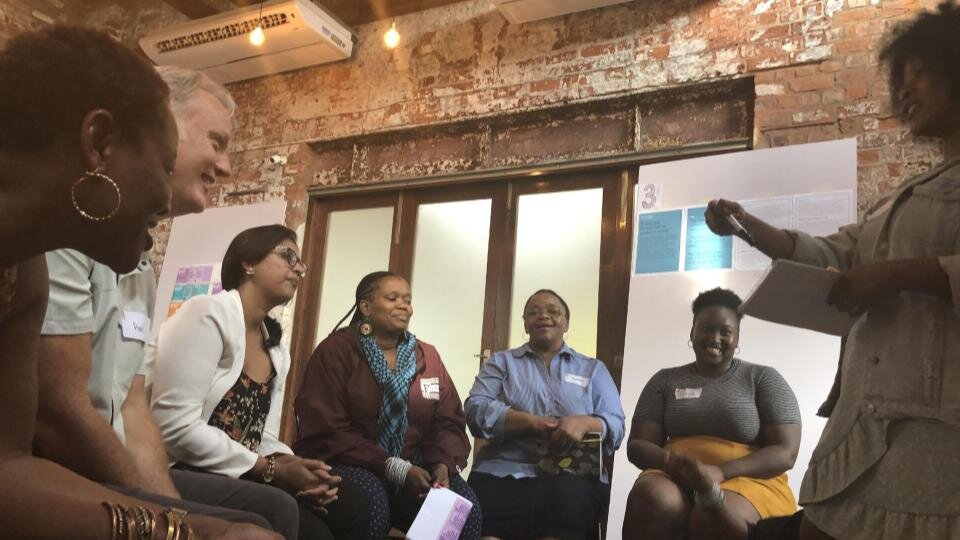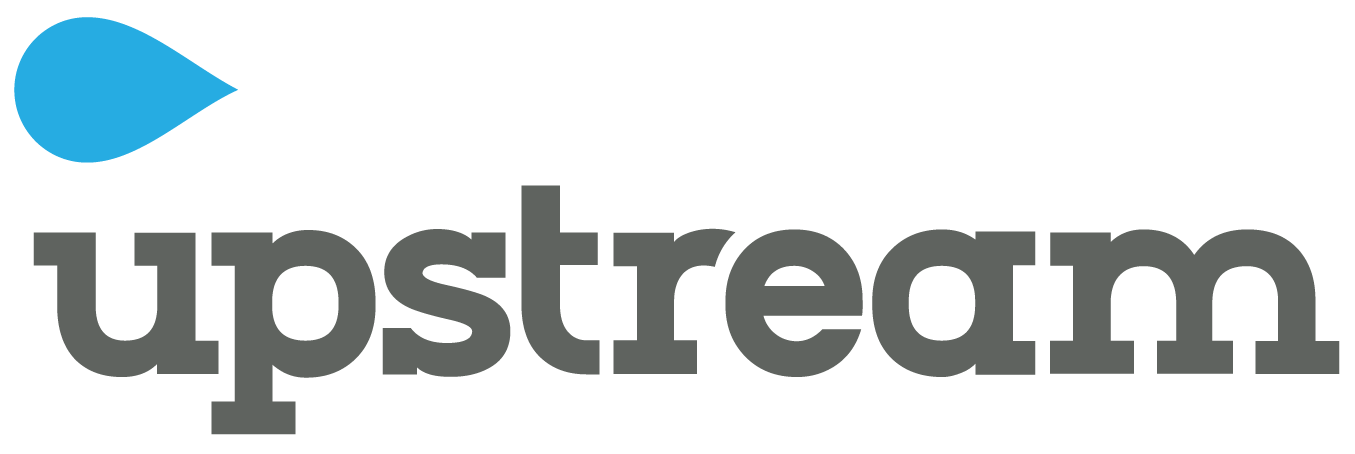
Breaking the cycle of HIV transmission among adolescent girls & young women in South Africa.
Framing the barriers to prevention uptake
In Africa, 74% of new HIV infections are among adolescent girls and young women (AGYW). Not only is adolescence a period of vulnerability to certain health issues, it is also a time when critical behaviors are shaped that will affect health in the future. Sponsored by the Bill & Melinda Gates Foundation, Upstream engaged AGYW in “hot-state” interviews leveraging role playing techniques to gain unbiased insight into their relationship goals, the behavioral decisions they make to achieve those goals, and barriers to the uptake of existing prevention methods such as abstinence, condom use and PrEP in those situations. Additionally, we identified preferences for attributes of future HIV preventions using discrete choice modelling. We then developed 3 AGYW personas based on their unique relationship goals (social status, social affirmation and respect). Finally, we quantitatively identified the most significant barriers to preventive behavior. Leveraging this insight, we developed a solutioning framework articulating the habits each persona develops to achieve their relationship goals, how those habits form, and the barriers to preventive behavior. Some of the barrier themes included a lack of relevance of HIV prevention, challenges coping with negative influence, and partners questioning trust in relationships.
Identifying solutions to form healthy habits
To identify how to help AGYW form healthier relationship habits, Upstream engaged groups of AGYW, Ministry of Health officials, donors and implementing partners in a series of co-creation workshops focused on the most significant barriers. From the large volume of intervention concepts generated, one was selected to develop further and pilot in the market based on potential impact and feasibility to implement at scale. Currently, we are in the process of prototyping the intervention and will be launching the pilot soon.
Building innovation capacity across healthcare implementers
An auxiliary goal of this project was to build healthcare implementer capacity to design new programs and improve existing ones. Upstream interviewed key functional leaders of several implementers to identify capacity gaps and their needs within them. To address these needs, we developed 4 program design tools including; a Foundation Tool to align stakeholders to a common view of the challenges facing AGYW, a Prioritization Tool to identify service gaps and allocate resources to fill them, a Design Tool to make program ideation more effective, and Segmentation Guidelines to understand and identify AGYW by persona type. These tools are now being widely used across the spectrum of implementers in South Africa to drive greater impact.
“I really see this as the future… engaging with adolescent girls and young women along the process - not just in the research phase, but really thinking about how to design with them, how to implement with them, how to monitor and evaluate with them.”
- Senior Program Officer, Bill & Melinda Gates Foundation



